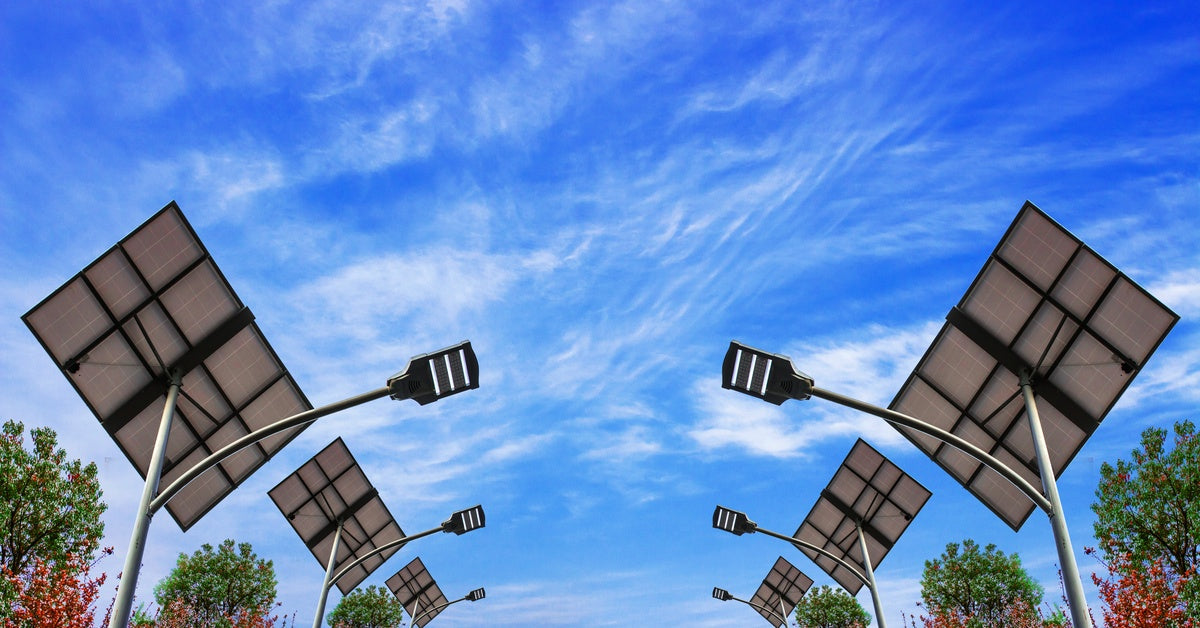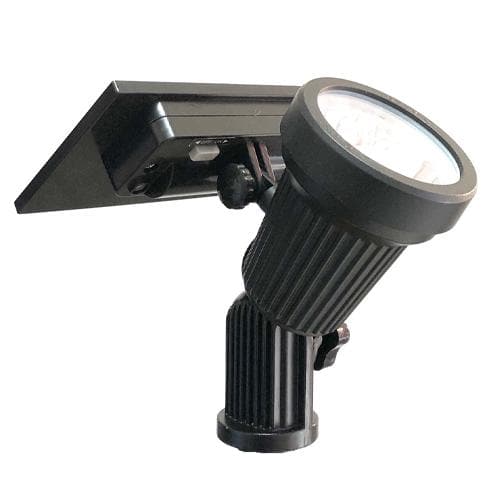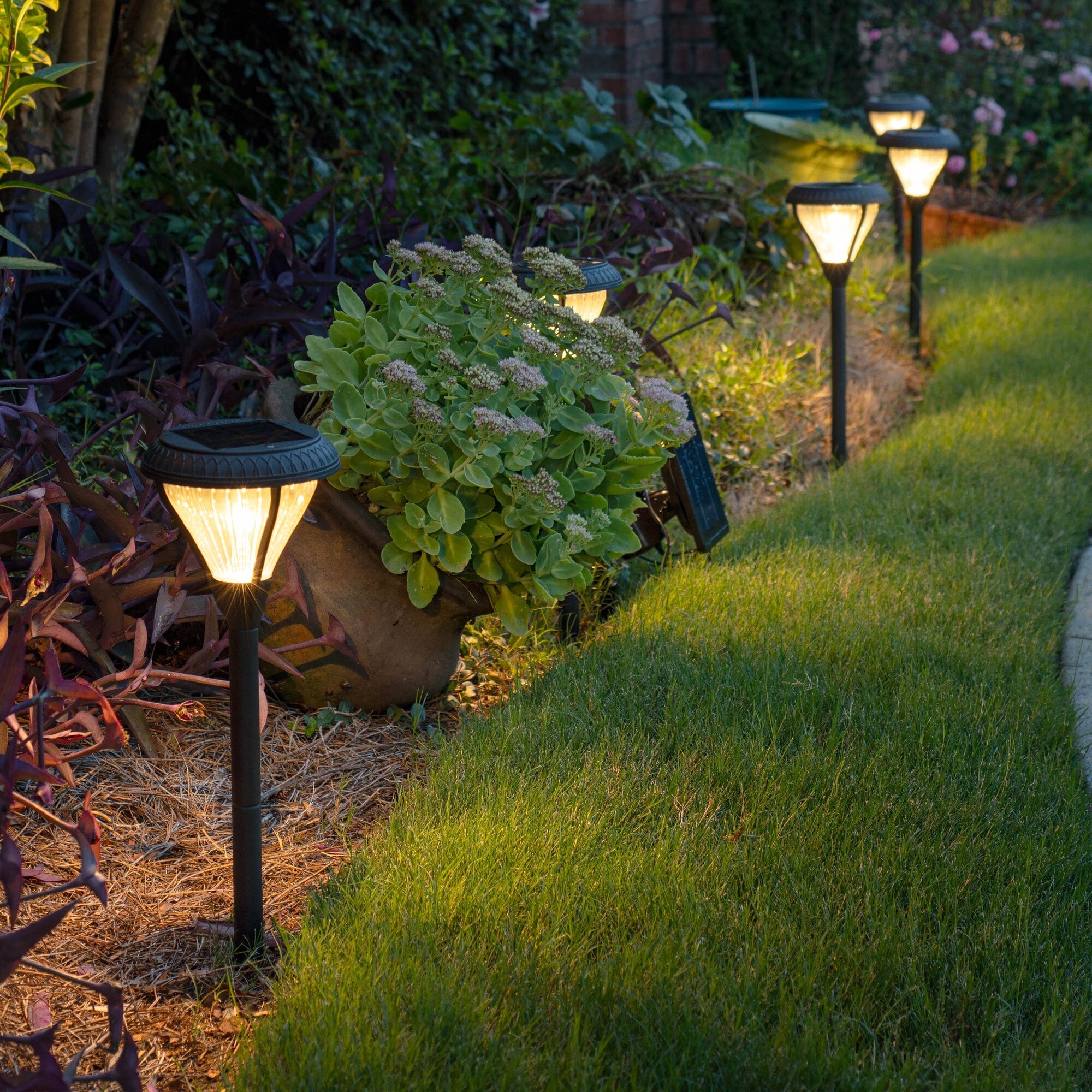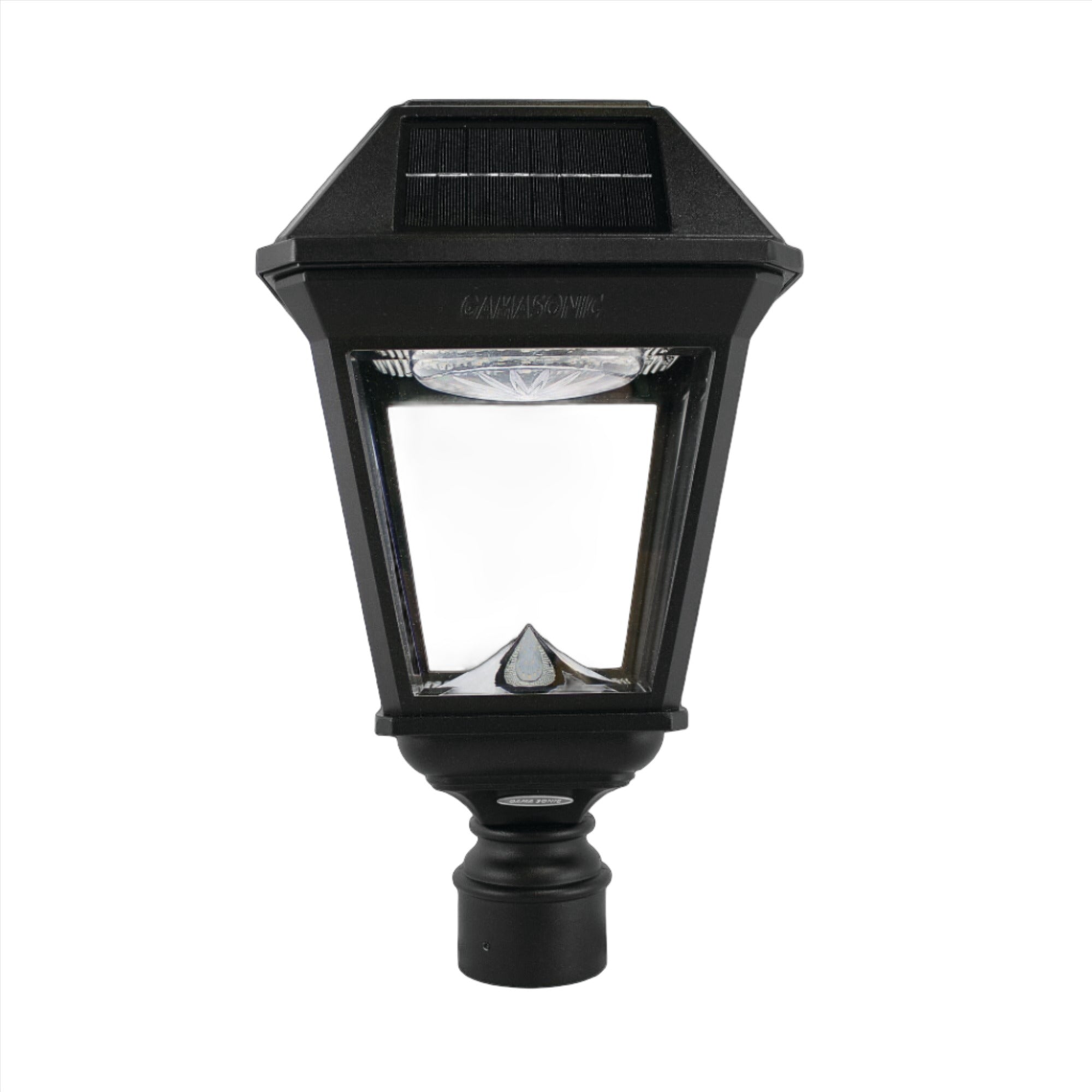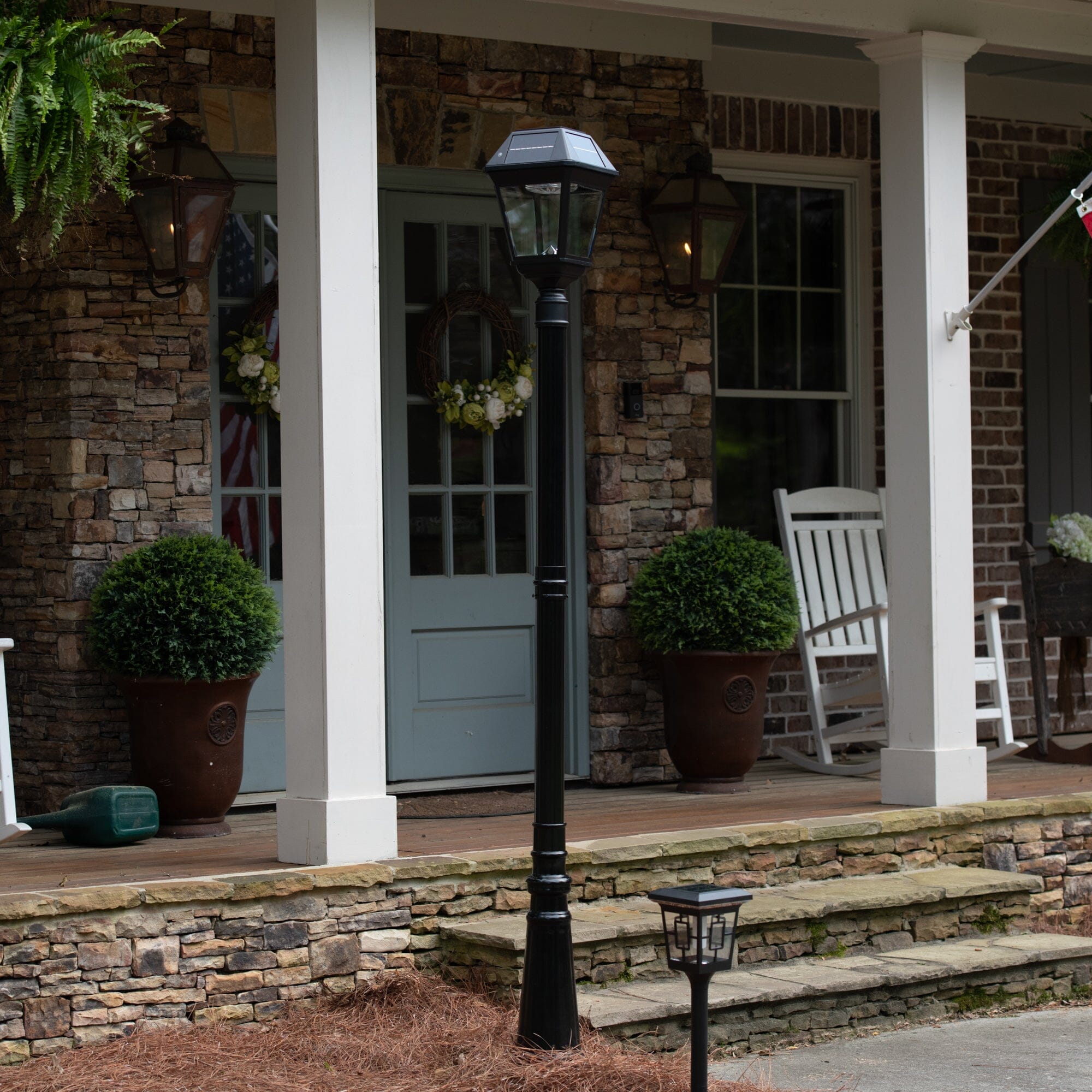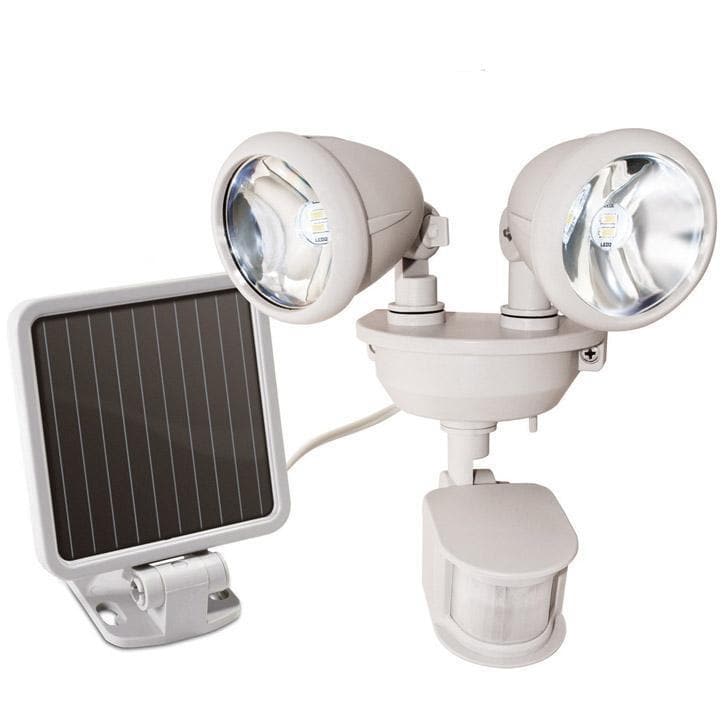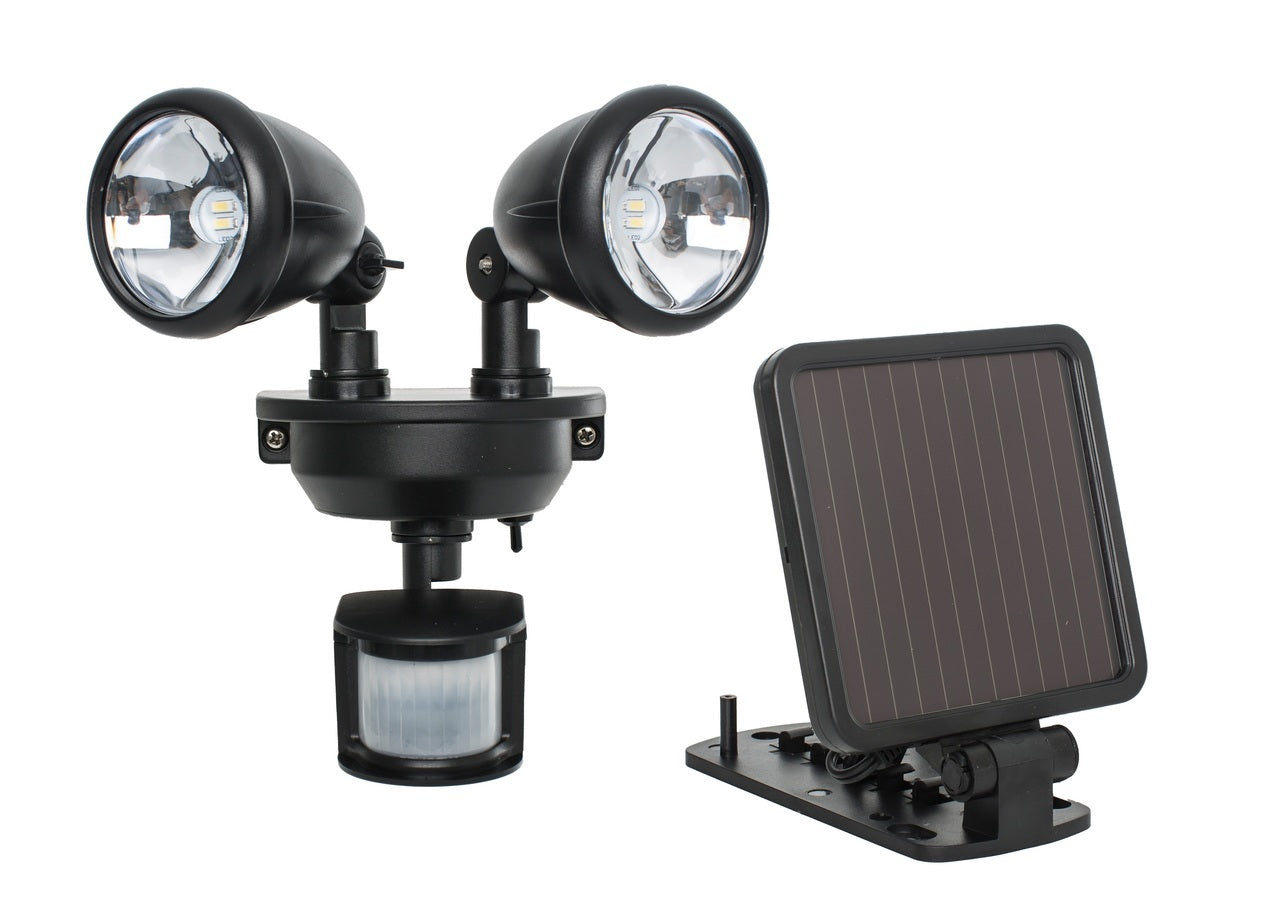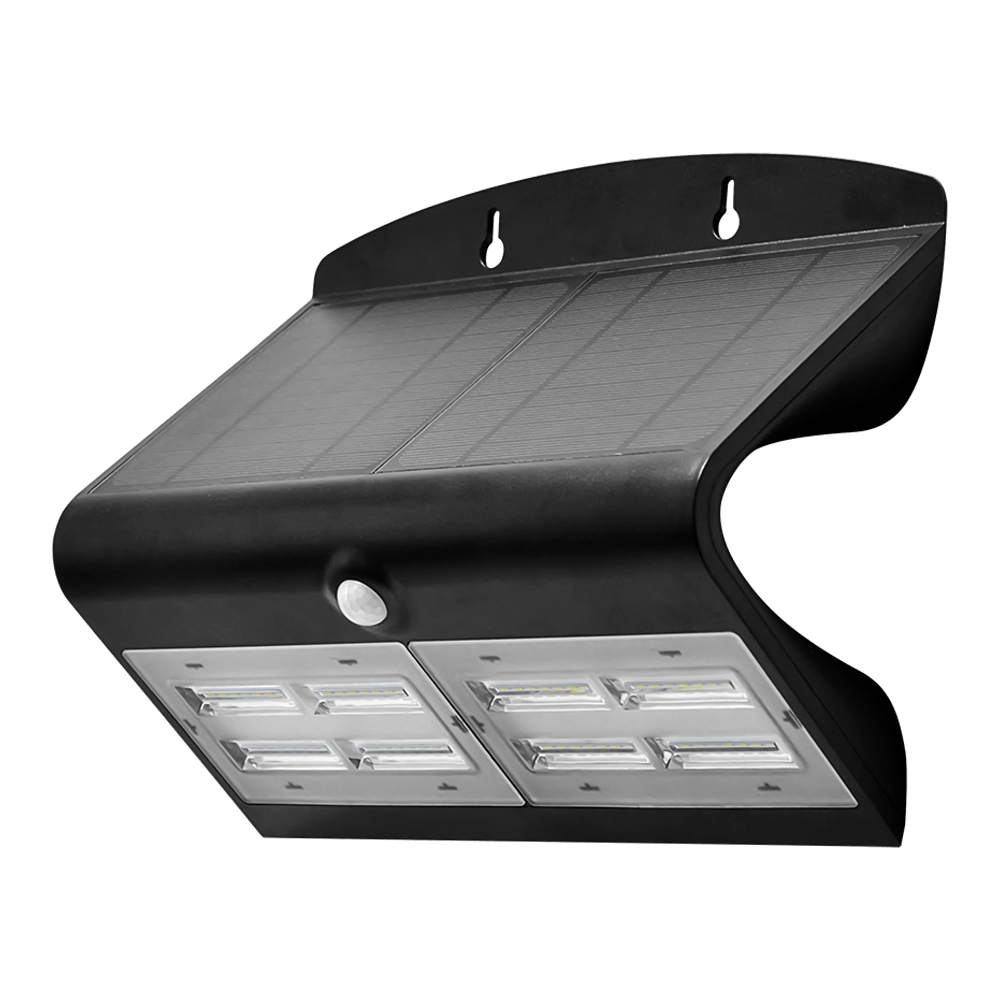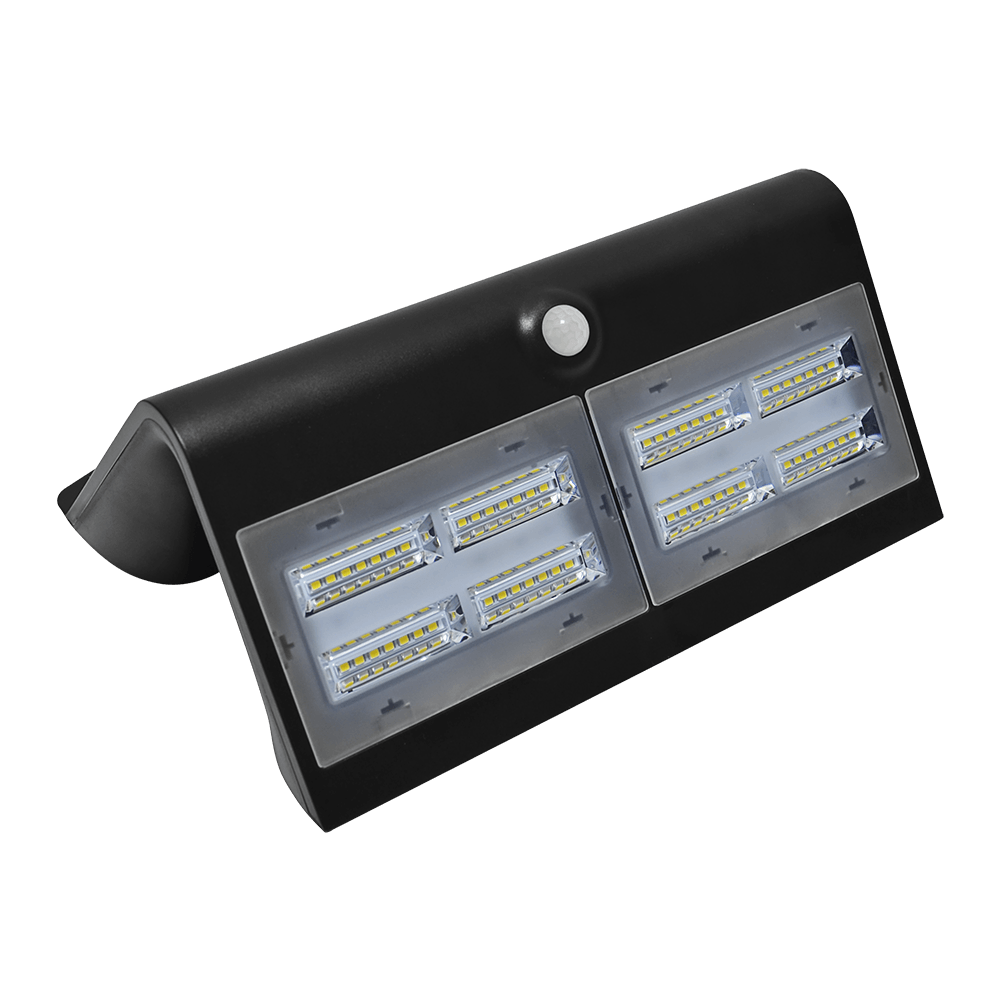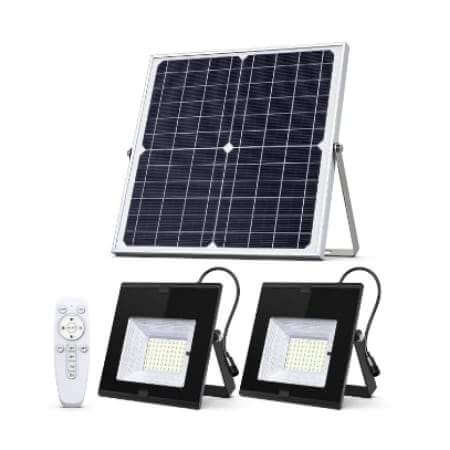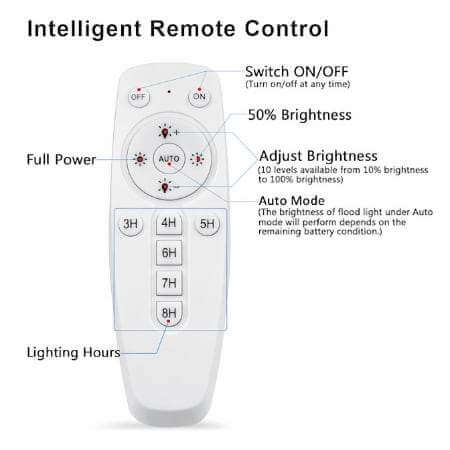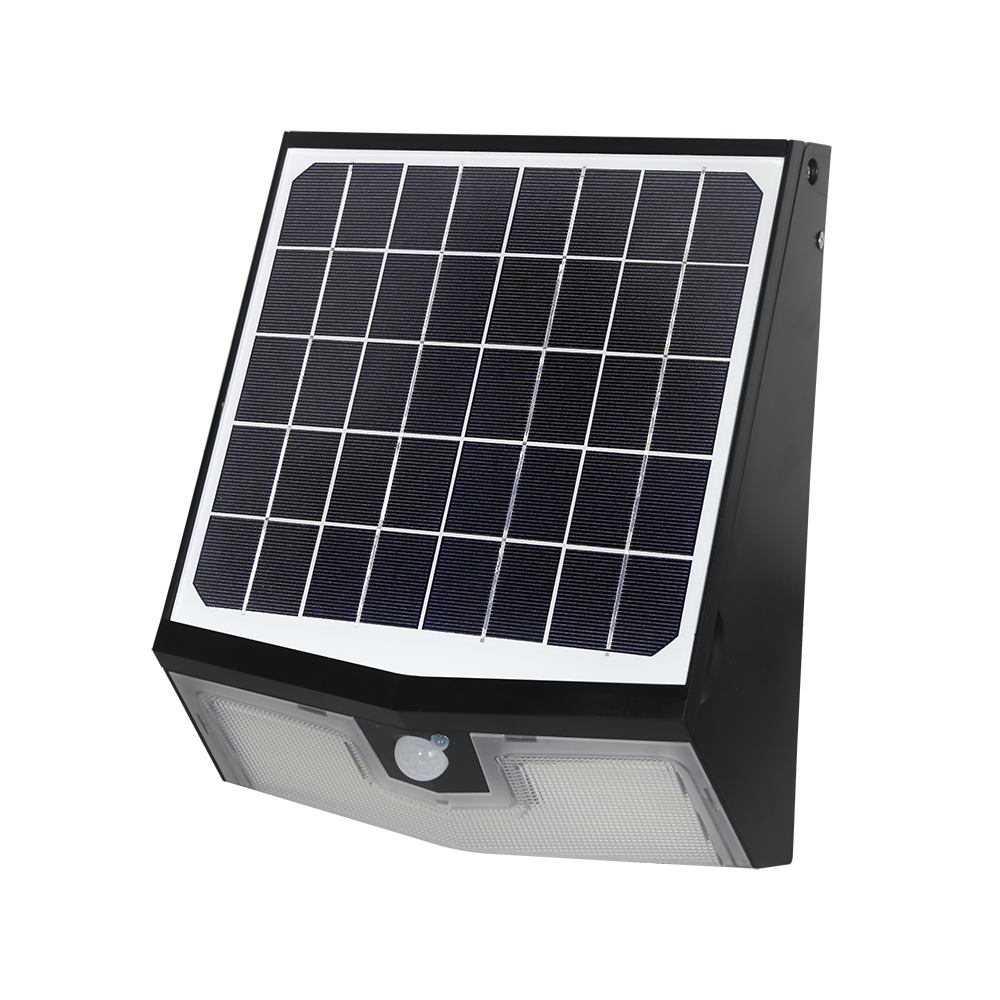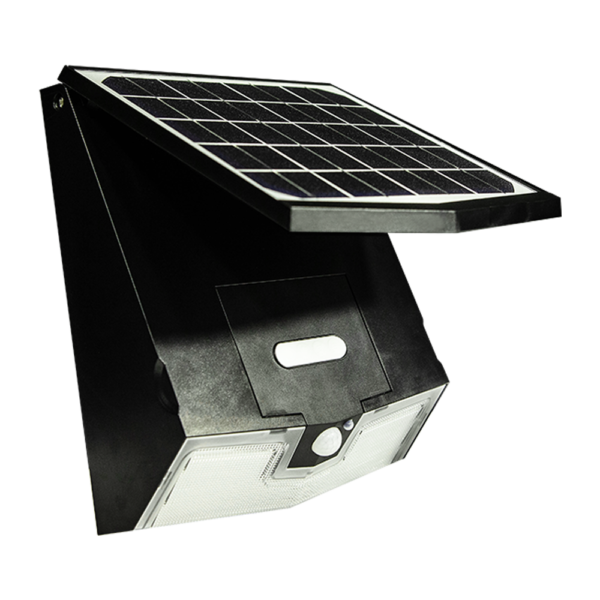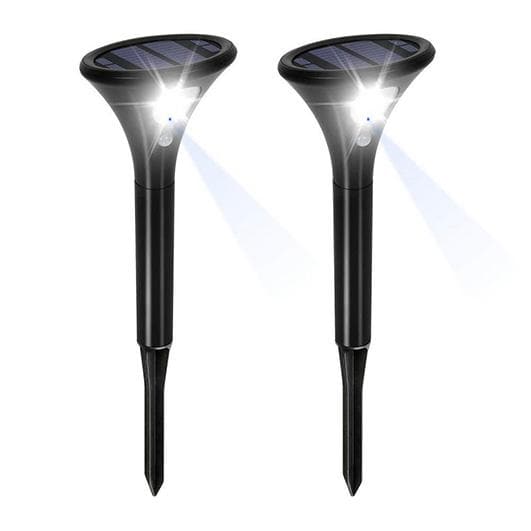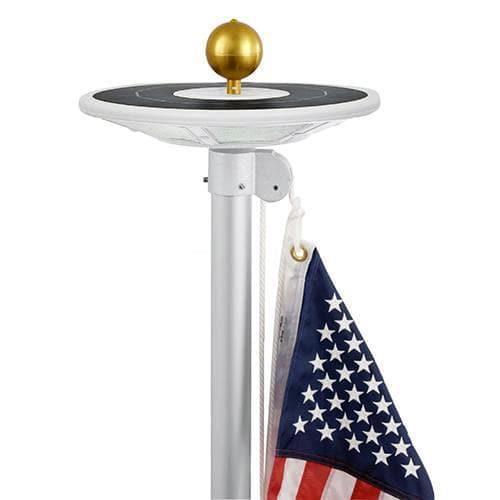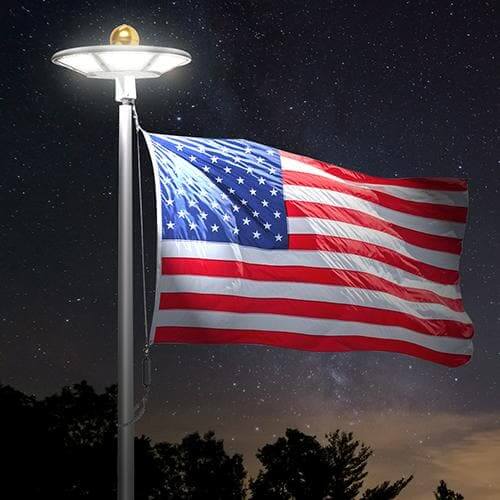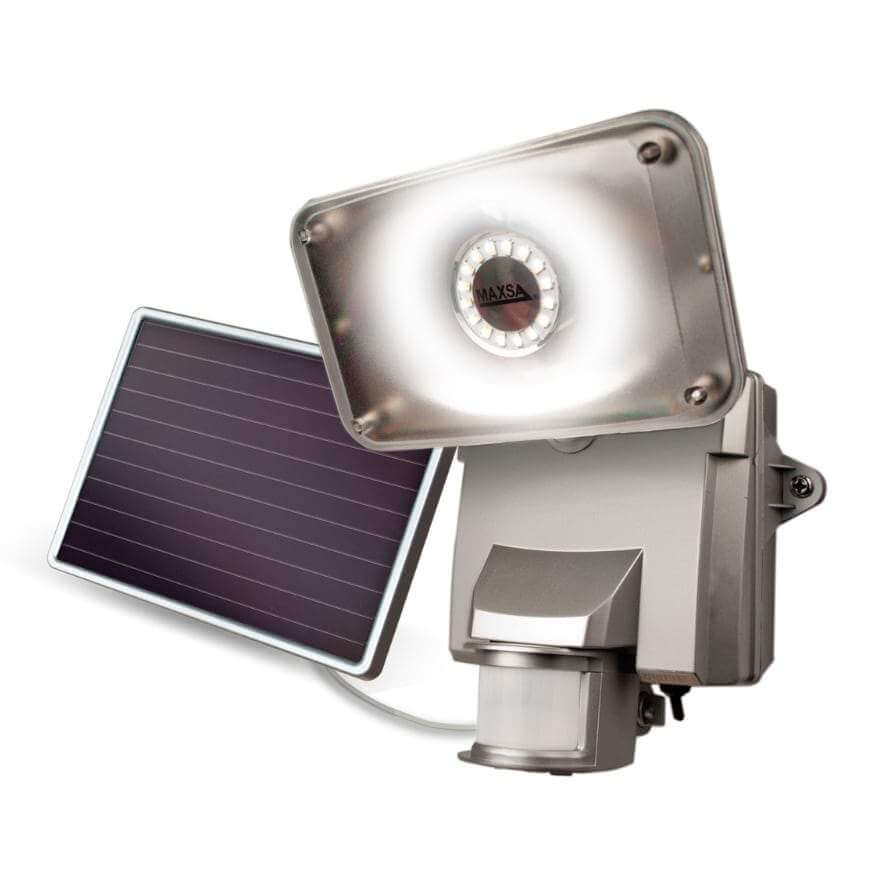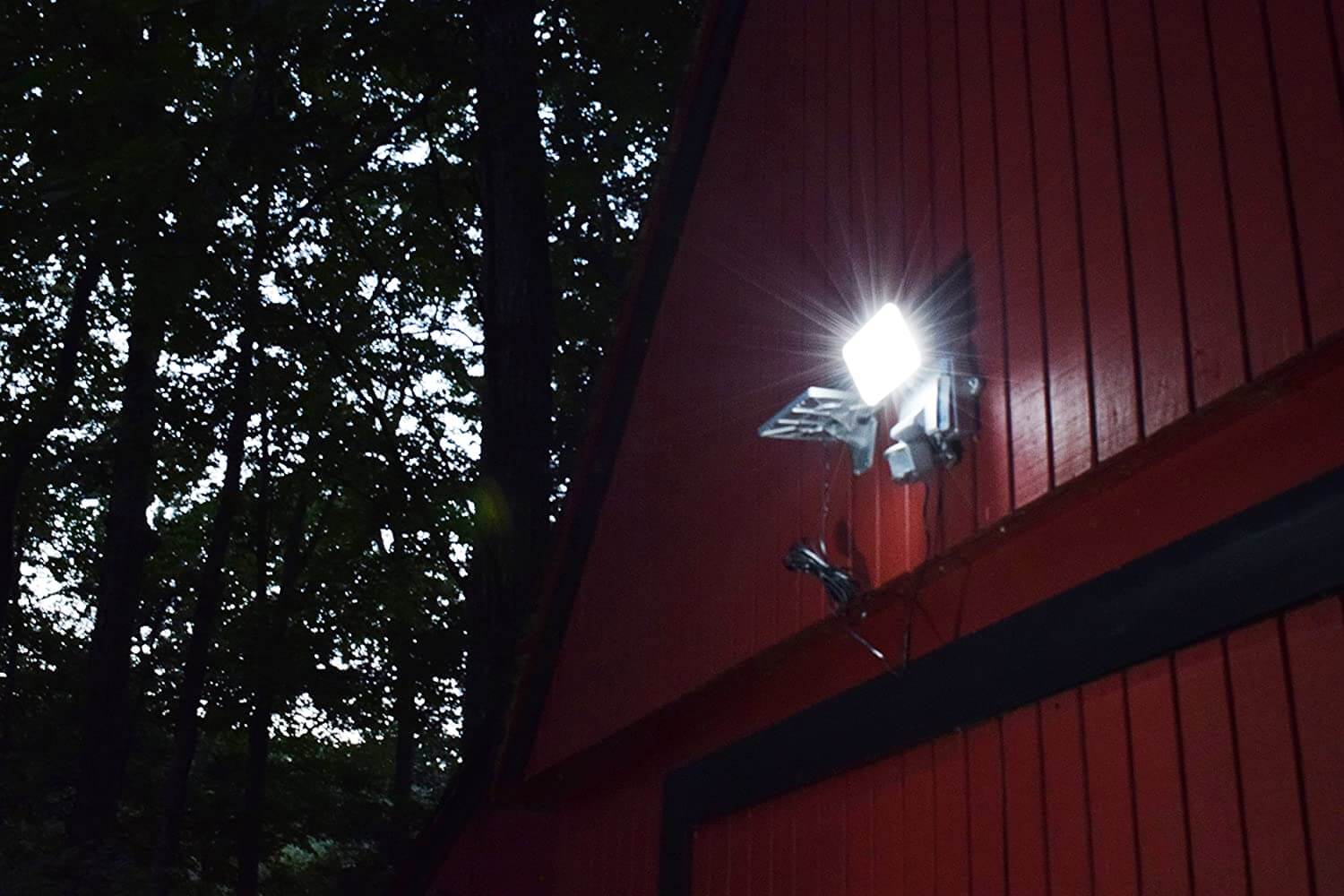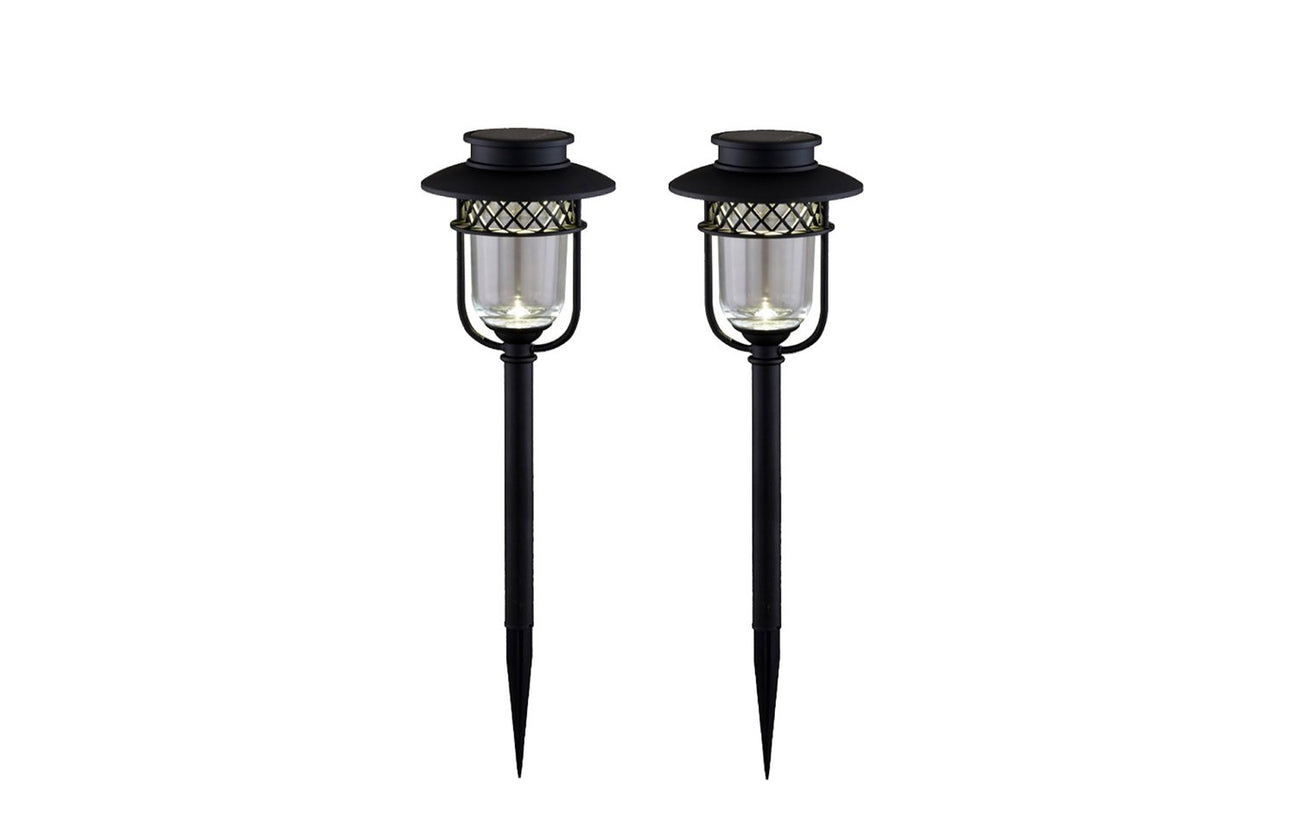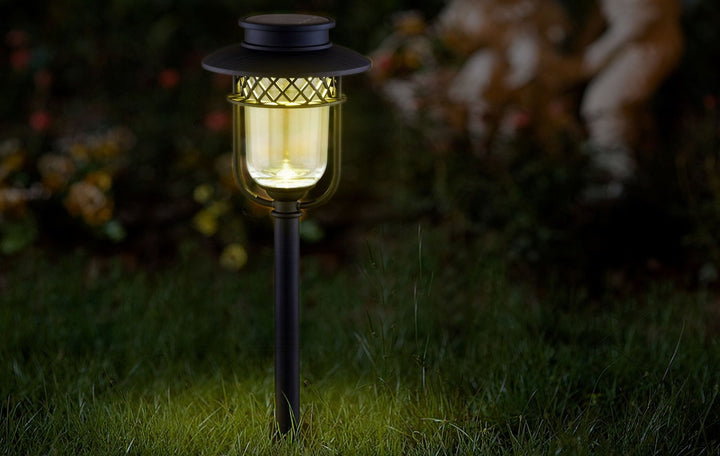As cities move forward with sustainable urban development, they strive to conserve resources while enhancing the quality of life of their residents. One technology that can help them achieve that goal is solar lighting. Read on to learn more about the role of solar lighting in sustainable urban development and how it can benefit your communities.
Energy and Cost Savings
One advantage that solar lighting can bring to urban areas is considerable cost savings. Although municipalities must invest in these devices, solar lighting can mitigate financial strain by operating completely off the grid. Harnessing energy from the sun minimizes reliance on traditional electricity, reducing the associated utility bills. This results in significant cost reductions for municipalities deploying these systems.
In addition to energy savings, solar lighting systems do not incur the high installation costs associated with traditional streetlights and outdoor lighting setups. They do not require extensive cabling; instead, they use mounting poles and solar panels.
This simplicity trims installation costs while expediting deployment timelines. Savings compound over time, as solar lighting eliminates recurring energy bills while also minimizing initial expenses. This financial flexibility promotes ongoing development and innovation, contributing directly to modernized cities.
Reliable Lighting in Emergencies
Electric grids are not immune to failures, especially when confronted with natural disasters or power outages. These disruptions can leave cities in the dark and cause people to experience significant distress. However, solar lighting introduces a dependable alternative that doesn’t rely on traditional power grids.
Instead, it ensures that cities maintain operational lighting in all situations. The battery storage systems integrated with solar lighting enable them to operate throughout the night or in periods of low sunlight. Because these batteries store excess solar energy generated during the day, they can provide consistent illumination during emergencies as well.
Adequate lighting helps first responders perform effectively while maintaining public order. Communities benefit significantly from lighting that functions without interruption. Reliable lighting will also foster trust in local governance and provide residents and businesses with a sense of stability.
Crime and Accident Prevention

Urban spaces flourish when they prioritize the safety of their residents and visitors. With its capacity to illuminate streets, pathways, parks, and transit hubs, solar lighting promotes a sense of security that often lowers crime rates and prevents accidents in public areas.
Illuminated areas deter criminal activity by removing the cover of darkness that facilitates it. Pedestrians feel safer when walking through well-lit neighborhoods, encouraging greater use of public spaces during evening hours.
Additionally, more lighting can lower the rate of vehicular accidents by enabling drivers and pedestrians to anticipate potential hazards or obstacles. By installing solar streetlights in these locations, municipalities can foster healthier, safer communities.
Less Maintenance and Labor
Another benefit of solar lighting in sustainable urban developments is the reduction of labor associated with maintenance. In addition to providing municipalities with a simple installation process, these devices require less upkeep than their traditional counterparts.
Traditional systems often demand routine inspections, frequent bulb replacements, and repairs to wiring infrastructure, all of which require substantial manpower. On the other hand, solar lighting systems have self-sustaining designs that minimize such demands.
With durable components, such as LED fixtures and rechargeable batteries, these systems require minimal maintenance throughout their lifespan. Additionally, their off-grid nature eliminates many of the wiring issues associated with conventional systems, further reducing the need for troubleshooting or repairs.
By implementing solar lighting, cities can redirect labor resources toward other essential projects, maximizing operational efficiency. Over the long term, these improvements reduce the strain on municipal resources while maintaining the illumination and operational status of urban areas.
Improved Community Aesthetics

While functionality plays a central role in lighting design, neighborhood aesthetic is still important in urban planning efforts. Solar lighting can increase visual appeal in both modern cityscapes and traditional architectural design. That’s because, with their sleek, minimalist appearances, solar streetlights fit seamlessly into diverse environments.
Solar lighting can also highlight architecture or important community features in urban areas. It increases nighttime visibility, making landmarks or attractions stand out. Streets equipped with high-quality solar fixtures appear inviting, encouraging people to explore rather than avoid poorly lit areas. This dynamic translates into thriving nightlife scenes and bustling economies.
Artistic collaborations, such as interactive solar-powered installations, show how merging creativity with this technology can foster cultural engagement. Such projects showcase the potential of solar lighting within broader urban aesthetic transformations.
Revitalized City Spaces
Lastly, solar lighting can illuminate underutilized areas in cities. These spaces often challenge city planners focused on optimizing resources and creating vibrant communities. By introducing lighting into these forgotten zones, they can breathe life into areas that may have otherwise remained inaccessible after sundown.
Several factors contribute to the success of solar lighting within these underutilized spaces, including its ease of installation in remote or off-grid locations. Since solar systems don’t depend on wired connections, they offer substantial flexibility in placement. This advantage allows planners to extend infrastructure into regions that they previously considered impractical or cost-prohibitive.
Once lit effectively, these areas are more appropriate for public use. Well-lit parks can host evening activities such as jogging groups or family picnics. Abandoned lots can emerge as ideal locations for pop-up markets or community art spaces. Previously overlooked paths can enhance connectivity between neighborhoods, promoting urban cohesion.
Utilizing solar lighting in such spaces facilitates urban development. Instead of focusing resources solely on major hubs, it distributes attention and investments across broader cityscapes. This equitable approach benefits underserved areas while presenting new opportunities for growth and development.
Solar Lighting Is Transforming Urban Environments
These examples demonstrate how solar lighting can be a powerful tool in supporting urban development. Cities must commit resources to implementing these systems. Unlocking the potential of this technology can transform communities and make them more functional and inviting.
One company that can help them do that is Outdoor Solar Store. Our commercial solar street lights will enable you to illuminate your neighborhoods more effectively, while demonstrating to your citizens that you have a forward-thinking approach. Contact us today to learn how we can help you drive progress in your public spaces.

